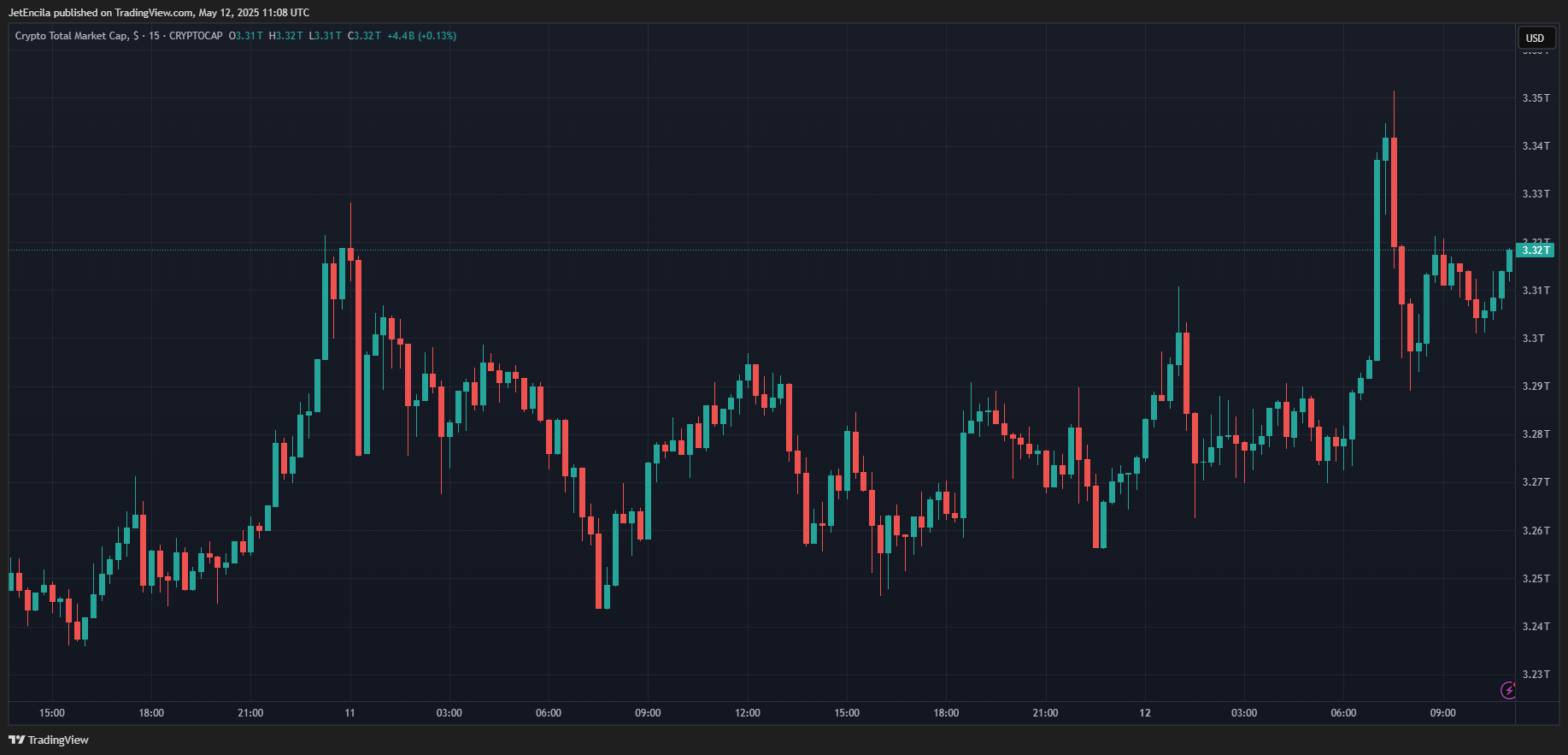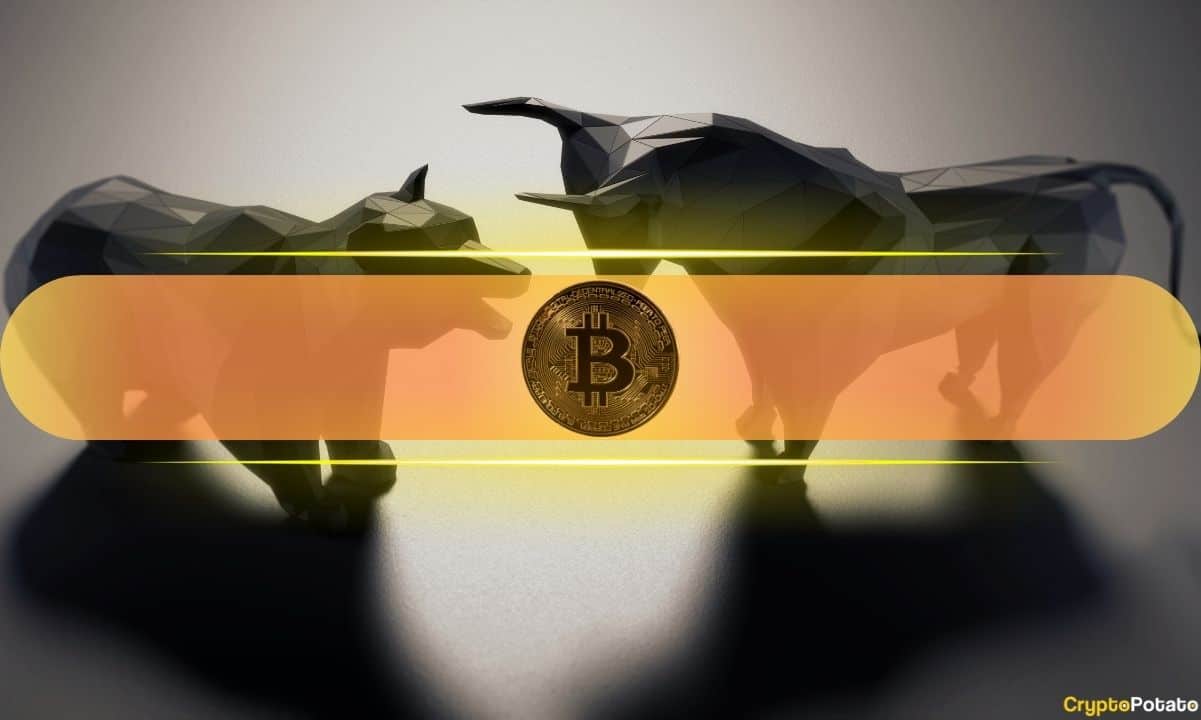Governments worldwide are clamping down on stablecoins. That might push some users to turn to so-called “dark” or private stablecoins. They offer uncensorable transfers, but they come with high risks and uncertain practical application.
Tighter Rules Might Spook Users Away
Stablecoins from a country could soon have the same regulations as banks, says CryptoQuant CEO Ki Young Ju. Transfers could even automatically initiate tax collection via smart contracts.
Wallets may even be frozen or need additional paperwork. That’s prompting some traders to seek alternatives. They seek tokens that can’t be traced or halted by governments.
Dark stablecoins are likely to emerge in the future.#Bitcoin was created by the cypherpunk community to be censorship-resistant and belongs to no one, making it impossible to control.
Stablecoins, however, act as a bridge between the internet and the real world, so they need…
— Ki Young Ju (@ki_young_ju) May 11, 2025
Algorithmic Stablecoins Face Risks
One concept is an algorithmic stablecoin that maintains its peg by code instead of holding dollars or gold. It might track the price of a regulated coin such as USDC via oracles from Chainlink.
But history shows these designs can fail. In 2022, the UST peg collapsed in hours. A market shock or an oracle failure might leave holders with tokens worth a few cents. Trust is difficult to regain once it has been lost.
Privacy Coins Already In Circulation
Privacy tech is not new to cryptocurrency. Cryptocurrencies like Zcash and Monero allow users to conceal transaction values and sender addresses. They have existed for years but are frequently subject to additional verification on exchanges.

Newer initiatives like Zephyr Protocol, a fork of Monero, will obscure stablecoin transactions on the blockchain. PARScoin conceals identities and associations with previous transfers. Their success will hinge on discovering secure methods to exchange tokens for normal currency.
Stablecoin Market Continues To Expand
According to Citigroup reports, the market capitalization of US dollar-denominated stablecoins reached over $230 billion in April. That’s an over 50% increase from last year.
Tether and USDC account for approximately 90% of that amount. Total stablecoin volumes reached nearly $28 trillion in 2024. That is almost 8% more than Visa and Mastercard combined.
Privacy Vs. Compliance
Regulated stablecoins increasingly provide proof-of-reserves dashboards and transparent licensing under regimes such as the EU’s Markets in Crypto-Assets (MiCA) framework. Those are preferred by most business and institutions. They require a token they can insure, deposit, and audit.
Dark stablecoins might carve out a niche for cross-border transactions where censorship is the primary concern. But broad adoption will be beyond reach without transparent means of legal compliance.
Ultimately, the stablecoin world stands at a crossroads. There will be users who pursue privacy no matter what. And there will be those who opt for coins that play by the rules.
If algorithmic concepts can remain firm, or if privacy tokens will secure a foothold in the mainstream, that remains to be determined. But the tug-of-war between control and uncontrollable money has just begun.
Featured image from Unsplash, chart from TradingView



